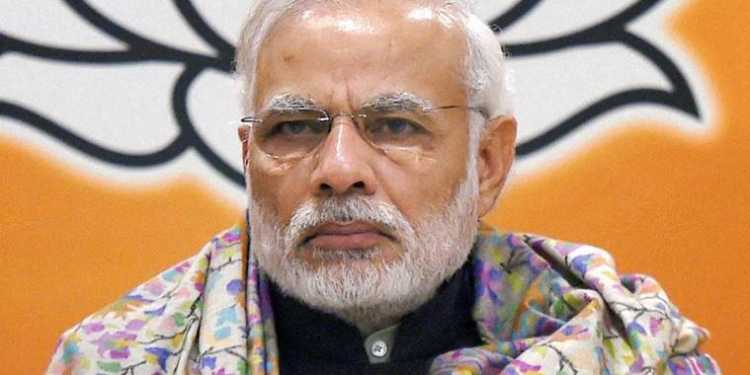Oil imports are large part of India’s import bill. Substantial amount of foreign exchange goes out of the country for the payment of petroleum products. The country imported crude oil worth 87.725 billion dollars or 5.65 lakh crore rupees in FY 18 with most of the supply coming from gulf countries like United Arab Emirates, Iran, Iraq, Qatar, and Saudi Arabia. India is their largest oil importer after United States and China, more than two third of oil requirements of India is imported. As the energy requirements of India is growing with the growth in the economy, the import bill will broaden. The growth in import will lead to the growth in outflow of dollars. The outflow of foreign currency will result in weakening of Rupee and rise in inflation.
Indian government is looking for long term solutions to solve the problem of weakening of local currency due to outflow of dollar. PM Modi “requested for review of payment terms so as to provide temporary relief to the local currency,” at India Energy Forum event, said a statement released by the government. “Interacting with the global leaders of the energy sector, Prime Minister highlighted the significant positioning of India in the oil and gas market. He said the oil market is producer driven; and both the quantity and prices are determined by the oil producing countries,” added the statement.
As the fear of sanctions loom large over Iran, India has decided to pay Iran in rupee from November this year. The new sanctions of United States on Iran for its nuclear program will be effective from November. Currently India pays to Iran in Euros using European banking system but this method would also be blocked from November due to American sanctions. Iran is the third largest oil supplier to India after Iraq and Saudi Arabia. Commerce ministry is in talks for barter exchange trade with many oil producing countries to save foreign exchange. If these countries agree to trade in local currencies, it will strengthen exchange rates of their currencies in comparison to dollar. “The possibility of rupee or barter trade with countries from where India is buying crude oil such as Iran, Venezuela and Russia is also being considered,” said a commerce ministry official.

India’s energy import has grown exponentially in recent decades. Coal is the only major source of energy which is present in abundance in India, 57 percent of total installed energy capacity of the country is coal. More than 75 percent of oil is imported which constitutes 23 percent of total primary use of energy. The government is taking various measures in the field of renewable energy to reduce imports. But as of now imports satisfy major chunk of energy needs, thus government looking for alternative payment methods to save foreign exchange.

India’s Current Account Deficit (CAD) has widened to 2.4% of gross domestic product, or 14.3 billion dollars in April-June quarter. The sharp rise in CAD was due to rising oil prices and increase in electronics import. Rupee has become highly volatile in last few weeks and stock market has also been seeing big leaps in both directions every day. Trade in local currency and barter exchange could help India as well as trading national to save foreign reserves. Dollar accounts for 64 percent total known foreign reserves in central banks across the world. Central banks store foreign currency in dollar because it is the dominant medium of exchange for world trade and American market has deep pockets. Many small countries have pegged their exchange rates to dollar.































